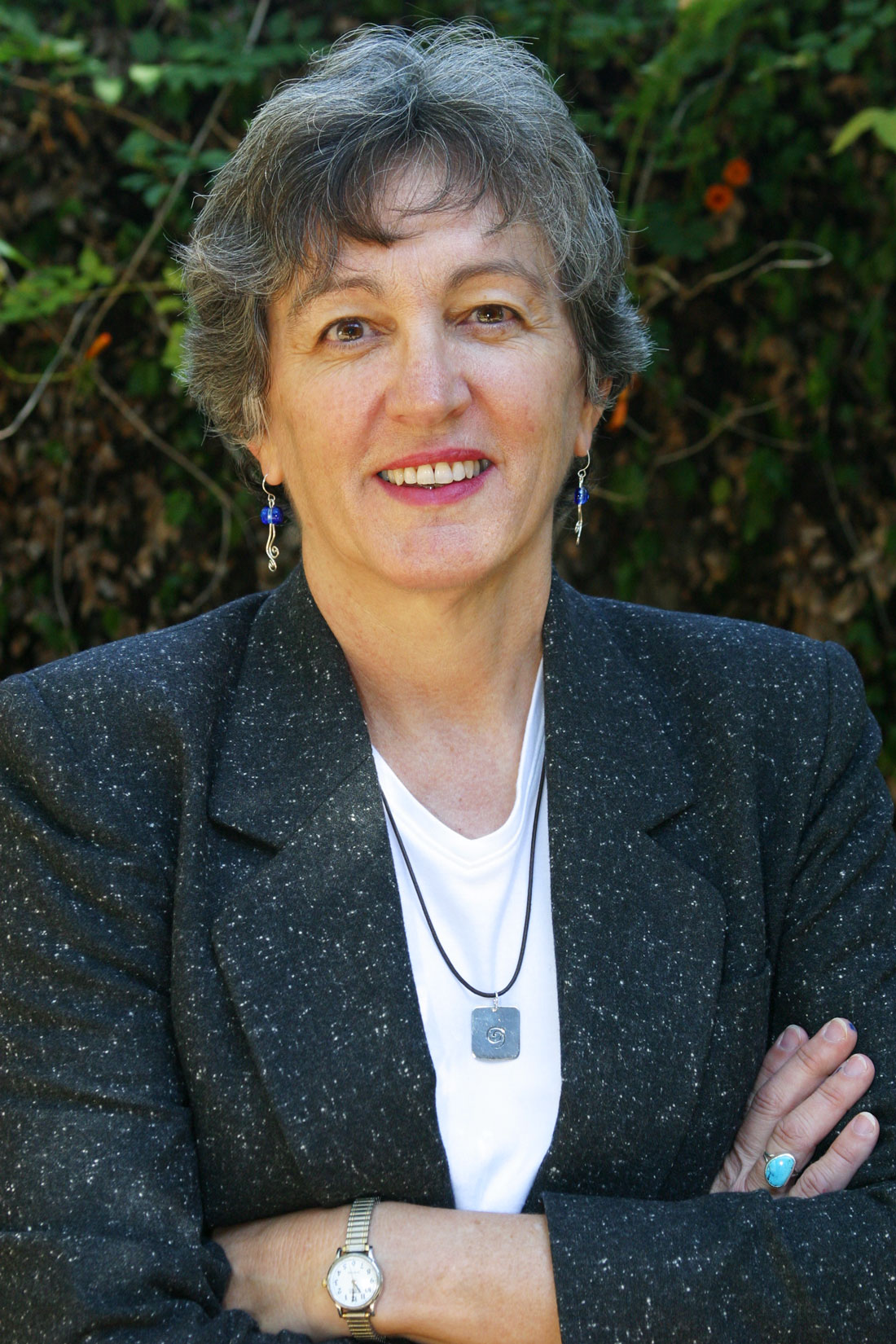After all, Cowtown has never witnessed scenes like those unfolding in Dallas during the past decade: armed Black Panthers attending school board meetings, school board members caught using anti-black slurs on tape and resigning in disgrace, a racially charged FBI corruption investigation of four black city council members completely paralyzing city government. By comparison, Fort Worth’s race relations seem harmonious and vastly more civil.
But folks west of the Tarrant/ Dallas County line might want to rein in the smugness. The two cities, for all their distinct differences, share enough history to make it all too possible that Big D’s racial and political torments could be imported – like fads in cigar bars or flavored martinis – to Fort Worth.
Like countless other Southern cities, both Fort Worth and Dallas owed much of their early prosperity to antebellum black slavery. The 1870s arrival of the railroad set the two communities on the path to urbanization, though in Fort Worth this growth was supplemented by the start of the cattle drives. Railroads brought a mass migration to North Texas, as well as a major increase in ethnic, racial, and religious diversity. Jews, Italians, and Mexicans left their cultural imprint on the landscape, often challenging the racial status quo of the time. Like Rabbi Levi Olan in Dallas, the northern-born Rabbi G. George Fox of Fort Worth’s Temple Beth-El spoke against racism and the poverty suffered by African-Americans.
Men like Fox, however, represented lonely voices, even more so after increasing diversity led to a white male backlash, symbolized by the meteoric rise of the Ku Klux Klan in North Texas in the early 1920s. Dallas boasted the largest Klan chapter in the nation, with 13,000 members, but Fort Worth wasn’t far behind. In 1922, a visiting KKK official congratulated local Klan leaders because “90 percent of your preachers, your leading lawyers, and your social leaders are loyal klansmen.” Dallas’ State Fair and Fort Worth’s annual Southwest Exposition and Fat Stock Show both set aside a special “Klan Day” during that period. The Klan undoubtedly stoked Fort Worth’s already high racial tensions: On Dec. 11, 1921, a white mob gathered on Samuels Avenue to lynch and mutilate Fred Rouse, who had crossed a white picket line at the Swift meatpacking plant in the Stockyards and, in a fight, shot two striking white workers.
In both North Texas cities, segregation, rather than violence, was the day-to-day coin of white racism. Only in the 1960s did segregation begin to crumble; Fort Worth schools slouched toward partial integration beginning in 1962. In both cities, white and black elites preferred to deal with each other out of the spotlight, to forge pacts inching civil rights forward with minimal disruption to the business climate and to prevent the leadership of the civil rights movement from passing to younger figures, either more radical or ambitious than their cautious elders. By the 1970s, however, Fort Worth schools remained so segregated that courts mandated busing.
As in Dallas, Fort Worth’s black voters served as a crucial swing bloc in the non-partisan municipal races that state law allowed them to vote in and, with the gradual lifting of ballot restrictions from the 1940s to the 1960s, they rallied behind African-American politicians. In 1967 Dr. Edward Guinn became Fort Worth’s first black city council member; no council since has served without an African-American member. Despite limited electoral success, however, most blacks in Fort Worth and Dallas lag behind whites in access to quality education, housing, wages, and health care.
With so much in common, what accounts for the apparent differences in these cities’ race relations? Simply put, Dallas’ black leadership class approached civil rights more assertively than its counterpart in Fort Worth. Dallas’ NAACP chapter served as the epicenter of the state’s civil rights struggle; it played a key role in the Sweatt v. Painter lawsuit that ended segregation at the University of Texas law school, and the chapter dismantled Jim Crow laws in critical legal battles over department stores and public schools.
Then, just as Dallas’ civil rights leadership of the mid-20th century began to fade from the scene, African-Americans and Mexican-Americans in Dallas raised their voices in protest again when the city decided to level African-American homes in order to expand parking at Fair Park. This move politicized a more assertive, more Afro-centric cohort of black leaders such as Elsie Faye Higgins and Al Lipscomb. Then came the shocking 1973 murder of 12-year-old Santos Rodriguez, killed in the back seat of a squad car by a Dallas police officer. These events pulled Dallas’ black and brown communities toward a more confrontational style of politics, which, paired with Anglo intransigence, has lent that city’s governance the occasional air of chaos.
In contrast, Fort Worth’s black leaders often blinked at calling racism by its true name and have been far more accommodating than their neighbors to the east. As Mark Warren of Harvard’s Center for International Affairs noted in a 1996 paper, by the late 1970s, Fort Worth had produced no history of sharp racial conflict – but also “no history of strong social or political movements either.”
Fort Worth’s civil rights approach, like that of Dallas, failed, but for entirely different reasons. Nothing revealed the ugly persistence of Tarrant County’s racism more clearly than the 1991 murder in Arlington of Donald Thomas, an African-American, by three skinheads. When one of the killers, Christopher Brosky, received probation from an all-white jury, the Rev. Michael Bell organized the African-American community, and 10,000 people marched downtown demanding justice. Because of Bell and the movement he inspired, a Galveston jury finally convicted Brosky of a conspiracy charge related to the murder and sent him to prison.
Nevertheless, as before, a brief political triumph for civil rights unfolded in an atmosphere of wider tragedy. One of Fort Worth’s leading social justice organizations, Allied Communities of Tarrant (ACT), seeks to build a multi-racial coalition approach to solving urban problems. But this consensus approach, while commendable in many cases, cripples ACT’s effectiveness when the issue is directly tied to race. As Warren writes, ACT’s eagerness to “avoid divisive issues of all kinds” led to its deafening silence on the Brosky case.
Unfortunately for Fort Worth’s communities of color, much suffering stems directly from Anglo racism. According to recent census data and city public health records, the infant mortality rate for African-Americans in Fort Worth is almost double that of whites. About 16 percent of African-Americans lack health insurance, while a whopping 46 percent of Latinos have no coverage. As of the 2000 census, about a quarter of Fort Worth families earned $25,000 or less, with 22 percent of families with children under five living in poverty, and that group is disproportionately African-American and Latino. Well-meaning groups that try to attack those problems without acknowledging the role of racism are not really helping to solve the root problem.
If Dallas’ African-American leaders like John Wiley Price are too quick to charge racism after every tragedy and mishap, Fort Worth’s black leaders, and Anglo and Hispanic leaders as well, are sinning in the other direction – by failing to name the ugly shadow of racism that has haunted Fort Worth for so long that to many it has become invisible.
It could take just a spark, a zoning decision that destroys African-American or Mexican-American housing, an anti-immigrant rally that gets out of hand, or a gunshot in the back seat of a squad car, to turn Fort Worth into a mirror image of Dallas’ twisted racial politics. Unless the city commits to real racial justice, today’s alleged peace could be no more than the quiet before the storm.
Dr. Michael Phillips teaches history at the University of Texas at Austin. His first book, White Metropolis: Race, Ethnicity and Religion in Dallas, 1841 to 2001, was published in January.











